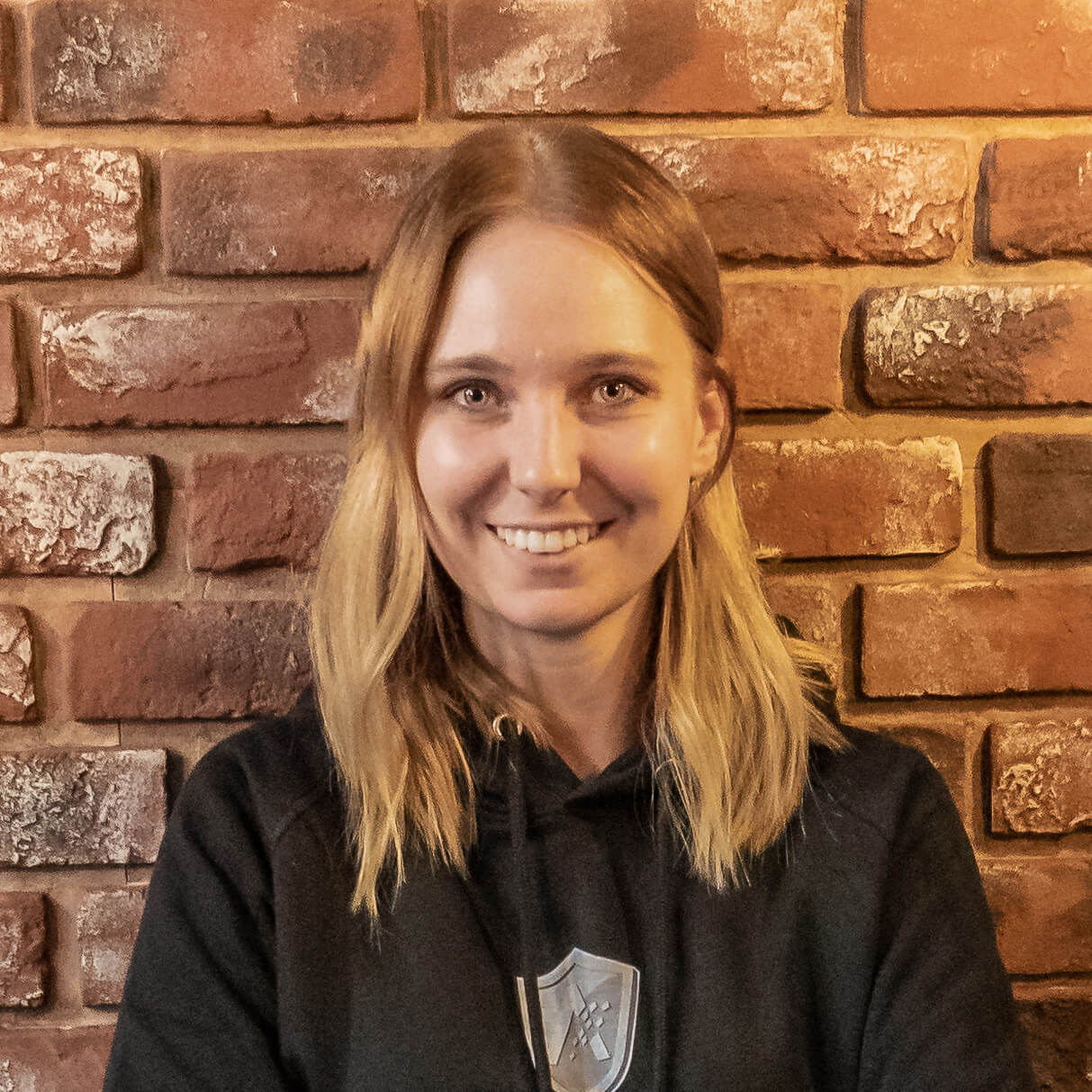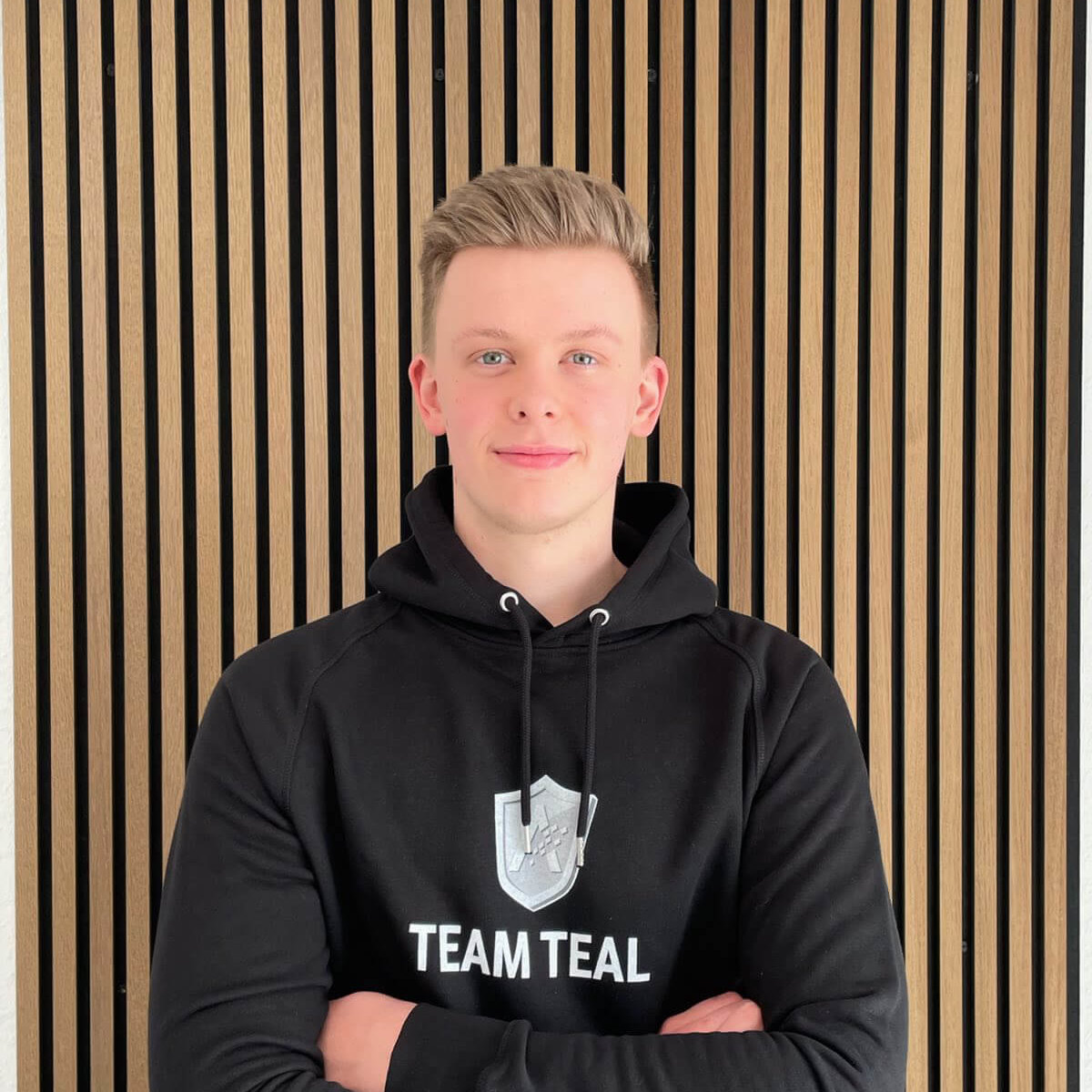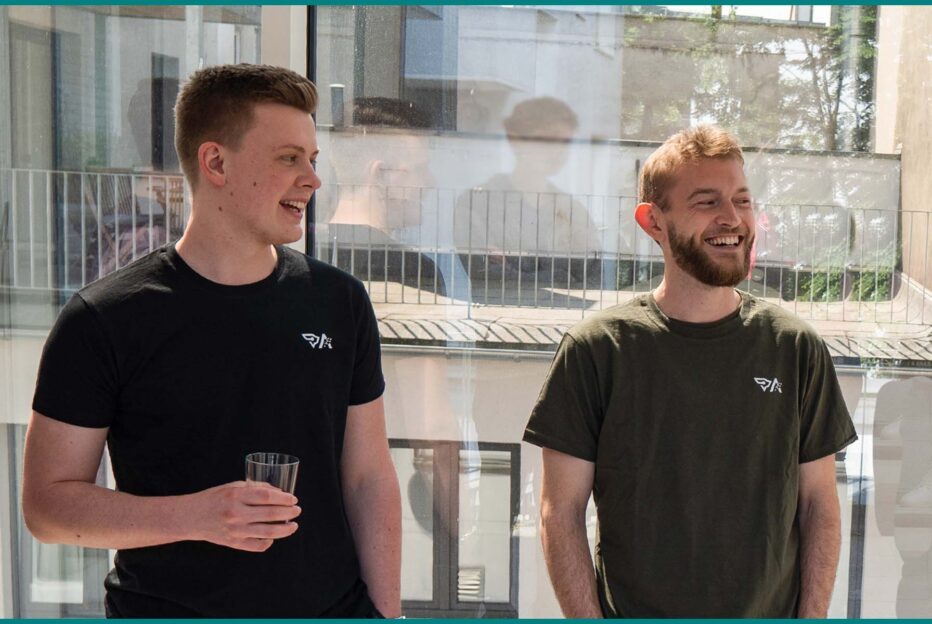TEAL TEAL thrives on
self-organisation
Our efforts to be able to make a difference and shape things ourselves should also apply to our employees. This is why we at TEAL have introduced processes that give every employee the freedom to act on their own responsibility in their function and to make their own decisions. This sometimes requires an intensive dialogue but not necessarily a complete consensus with the respective colleague.
In our opinion, this is the only way to fully develop the individual skills of our employees and utilize these skills in the company successfully. If this succeeds, it will be an invaluable benefit for TEAL and its corporate customers.
Our Team
Team Teal consists of highly qualified consultants with many years of experience in customer service.
TEAL
introduces itself
TEAL
introduces itself
We hunt hackers
in the fast lane






































